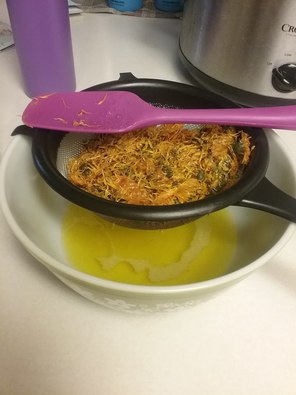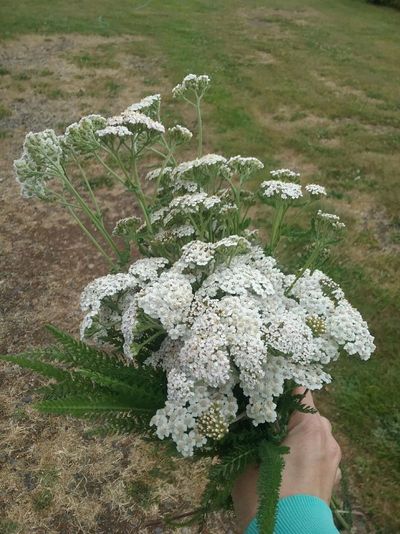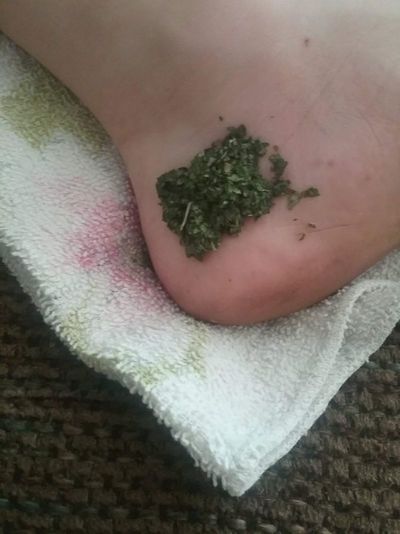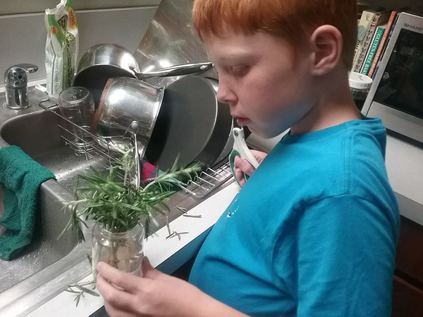The young one in our family is well aware of herbs and even has several of his own favorites. He has been stung several times this summer by the abundance of yellow jackets. Although his first response is a lot of loud hollering, through all the noise he yells “Get Mom!” He knows that mom will get a poultice of plantain (once chewed and slapped on the sting while in the garden) which will pull out the poison and relieve the pain. So this summer he may say that plantain is a favorite herb. He knows about the herbs we grow and use in our food everyday something we talk about all the time. He has learned about herbs from his very beginning. Something we encourage everyone to do.
Begin with food. If you grow herbs, take your children into the garden and let them feel, taste and harvest herbs. Name the herbs and tell them what you do with them. Take some pictures or press some leaves and let them start a scrapbook. Then let them help use those herbs in some cooking. This is a simple and good place to start kids out with herbs easily. Our kiddo enjoys making dill pickles every year, and the umbrel flowers of the dill make for fun and easy harvesting. We have also made pesto from a wide variety of herbs - what fun to chop the herbs roughly so they fit into the food processor (scissors work great for this) and then whirring them up into a lovely green paste with some oil and then mixed with pasta!
Here are a couple of suggestions:
- A Kid’s Herb Book: For Children of All Ages by Leslie Tierra
- Walking the World in Wonder: A Children’s Herbal by Ellen Evert Hopman
- Herb Fairies – a series of storybooks from Learning Herbs
Play games. It can be as easy as “find the lemon balm” or “show me an herb that makes great tea”. There is also an actual board game for learning about herbs. Wildcraft! from Learning Herbs is an excellent cooperative board game that teaches about herbs. It involves an adventure to grandma’s house so how could that not be fun. We have this game and have had fun playing it, especially since it cooperative.
However you share herbs with your kiddos, enjoy time spent together and learning about the plants around us that are infinitely useful!




